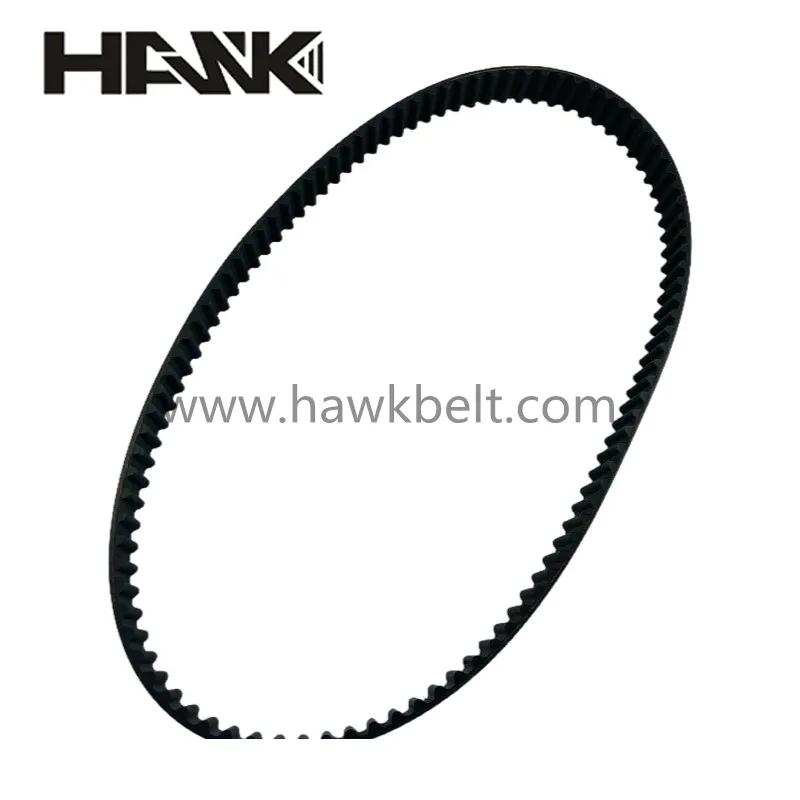- Arabic
- French
- Russian
- Spanish
- Portuguese
- Turkish
- Armenian
- English
- Albanian
- Amharic
- Azerbaijani
- Basque
- Belarusian
- Bengali
- Bosnian
- Bulgarian
- Catalan
- Cebuano
- Corsican
- Croatian
- Czech
- Danish
- Dutch
- Afrikaans
- Esperanto
- Estonian
- Finnish
- Frisian
- Galician
- Georgian
- German
- Greek
- Gujarati
- Haitian Creole
- hausa
- hawaiian
- Hebrew
- Hindi
- Miao
- Hungarian
- Icelandic
- igbo
- Indonesian
- irish
- Italian
- Japanese
- Javanese
- Kannada
- kazakh
- Khmer
- Rwandese
- Korean
- Kurdish
- Kyrgyz
- Lao
- Latin
- Latvian
- Lithuanian
- Luxembourgish
- Macedonian
- Malgashi
- Malay
- Malayalam
- Maltese
- Maori
- Marathi
- Mongolian
- Myanmar
- Nepali
- Norwegian
- Norwegian
- Occitan
- Pashto
- Persian
- Polish
- Punjabi
- Romanian
- Samoan
- Scottish Gaelic
- Serbian
- Sesotho
- Shona
- Sindhi
- Sinhala
- Slovak
- Slovenian
- Somali
- Sundanese
- Swahili
- Swedish
- Tagalog
- Tajik
- Tamil
- Tatar
- Telugu
- Thai
- Turkmen
- Ukrainian
- Urdu
- Uighur
- Uzbek
- Vietnamese
- Welsh
- Bantu
- Yiddish
- Yoruba
- Zulu
ऑक्टोबर . 12, 2024 05:11 Back to list
Understanding the Importance of Rubber Timing Belts in Engine Performance and Maintenance
Understanding Rubber Timing Belts Essential Components of Engine Functionality
Rubber timing belts are integral components in the functioning of modern internal combustion engines. They play a crucial role in synchronizing the rotation of the crankshaft and camshaft, ensuring that the engine's valves open and close at the correct times during each cylinder's intake and exhaust strokes. In this article, we will explore the design, function, maintenance, and common issues associated with rubber timing belts.
The Function of Timing Belts
The timing belt is a toothed, rubber belt that drives the camshaft in accordance with the crankshaft’s rotation. By doing so, it maintains the precise timing necessary for optimal engine performance. This synchronization is critical because if the camshaft and crankshaft fall out of alignment, it can lead to severe engine damage, including bent valves, damaged pistons, and potential engine failure.
Timing belts are typically made from a combination of rubber and reinforced materials, allowing them to withstand the harsh conditions within an engine. They often include several teeth, designed to engage with gears on the crankshaft and camshaft. These teeth prevent slippage, ensuring that the timing remains accurate.
Importance of Maintenance
One of the most significant aspects of rubber timing belts is their lifespan. Generally, manufacturers recommend replacing the timing belt every 60,000 to 100,000 miles, depending on the specific make and model of the vehicle. Ignoring these replacement guidelines can lead to catastrophic engine failure. Signs that a timing belt may need replacing include unusual noises coming from the engine, difficulty starting, or the appearance of fraying or cracks on the belt.
rubber timing belt

Maintaining the timing belt is crucial to prolonging engine life. Regular inspections should be conducted, especially as the vehicle approaches the recommended mileage for belt replacement. Additionally, when a timing belt is replaced, it is often prudent to replace other related components, such as the water pump, tensioners, and pulleys, as labor costs for accessing the timing belt can be significant.
Common Problems
Several common problems can arise with rubber timing belts. One of the most prevalent issues is wear and tear over time. Rubber can deteriorate due to exposure to heat, oil, and other engine fluids. This degradation can lead to cracks and fraying, which compromise the integrity of the timing belt.
Another common issue is the failure of the tensioner. The tensioner helps maintain the appropriate tension on the timing belt to prevent slippage. If the tensioner malfunctions, it can lead to the timing belt loosening and possibly jumping a tooth on the gears, further disrupting the timing of the engine.
In rare cases, timing belts may snap completely. This can occur if the belt has been excessively worn beyond its lifespan or if there is a failure of supporting components. When a timing belt snaps, it can result in serious internal engine damage, leading to costly repairs.
Conclusion
Rubber timing belts are small yet critical components in the overall function of an engine. They ensure that the timing between the crankshaft and camshaft is perfectly synchronized, allowing for optimum performance. Regular maintenance, including timely replacements, is crucial to avoid significant engine damage. Understanding the importance of timing belts and being vigilant about their condition can save vehicle owners from the frustration and expense of under-the-hood repairs. By paying attention to potential issues and adhering to manufacturer guidelines, drivers can ensure their engines operate smoothly and efficiently for years to come.
-
Korean Auto Parts Timing Belt 24312-37500 For Hyundai/Kia
NewsMar.07,2025
-
7PK2300 90916-T2024 RIBBED BELT POLY V BELT PK BELT
NewsMar.07,2025
-
Chinese Auto Belt Factory 310-2M-22 For BMW/Mercedes-Benz
NewsMar.07,2025
-
Chinese Auto Belt Factory 310-2M-22 For BMW/Mercedes-Benz
NewsMar.07,2025
-
90916-02660 PK Belt 6PK1680 For Toyota
NewsMar.07,2025
-
drive belt serpentine belt
NewsMar.07,2025

